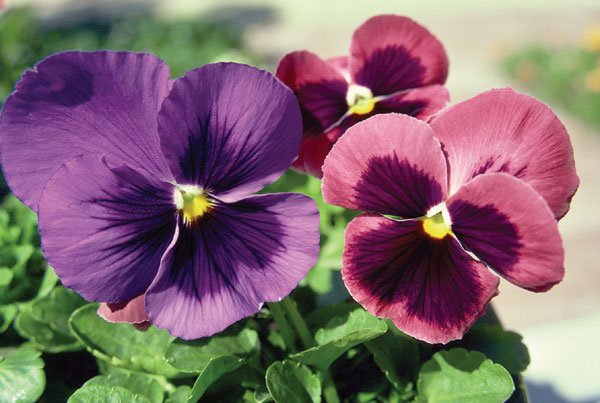It’s that time of year again when your petunias are pooped out
and your marigolds are no longer merry. Well, welcome to the
in-between garden season! Specifically, it’s that time of year that
your bedding plants that were planted last spring are literally on
their last legs, suffering from
”
annual decline.
”
Many summer annuals may be leggy, and blooming slows way down,
often stopping completely.
It’s that time of year again when your petunias are pooped out and your marigolds are no longer merry. Well, welcome to the in-between garden season! Specifically, it’s that time of year that your bedding plants that were planted last spring are literally on their last legs, suffering from “annual decline.” Many summer annuals may be leggy, and blooming slows way down, often stopping completely.
Basically, local home gardeners have two choices. You can cut back leggy bedding plants to around six inches, and hope they’ll re-bloom. Or, you can simply pull out tired summer flowers, and replace them with new fall/winter bedding plants.
Actually, we’re lucky living where we do. Thanks to the fact we live in such a great climate, many summer annuals will continue to bloom right through Thanksgiving, so long as you cut them back to rejuvenate growth. That’s because we really don’t start getting our heavy frosts until sometime in November.
You see, annual bedding plants like petunias, marigolds, impatiens and the like are built to perform for around eight months and then die. Anything more than one season is gravy. But with our mild climate, many annuals last much longer and can sometimes even grow year-round. By cutting overgrown plants down to around six inches, then watering and fertilizing, you can often get annual plants to bloom all over again.
The first rule of annual color gardening is never to allow seeds to form on
your plants.
You can prevent plants from going to seed by deadheading. Deadheading doesn’t have anything to do with the Grateful Dead. In horticultural terms, deadheading is simply cutting off your old flowers. Snipping away old, faded flowers fools your plant into putting into energy into reblooming instead of seed. Deadheading is easily accomplished two or three times a week. By snipping often, you’ll stay on top of things and ensure your plants continue to bloom.
Inadequate diet is another cause of annual decline. Everyone knows that plants need water to live, but often gardeners forget about food. After the first flush of blooms, annuals need food to produce another worthwhile crop of buds. Sure, annuals will continue to bloom without fertilizer, it’s just that you’ll see a significant difference in the number and size of flowers if you fertilize.
Fertilize thoroughly and do it often. I always use a foliar fertilizer, such as Miracle-Gro or fish emulsion because it’s so easy and inexpensive to use. This way plants and flowers are getting food through their leaves and stems, as well as their roots. For best results, try to feed in the early morning or at dusk because water on the leaves in direct sun can cause damage.
Finally, don’t be afraid to simply pull out summer annuals and replace them with fall/winter ones. Things like pansies, violas, snapdragons, poppies, calendula, primroses, primula, and cyclamen, to name a few, will bloom all winter long without harm from frost.
All, except for cyclamen, are available in inexpensive six-packs or quarter flats. Cyclamen are pricier, available only in larger individual containers.















